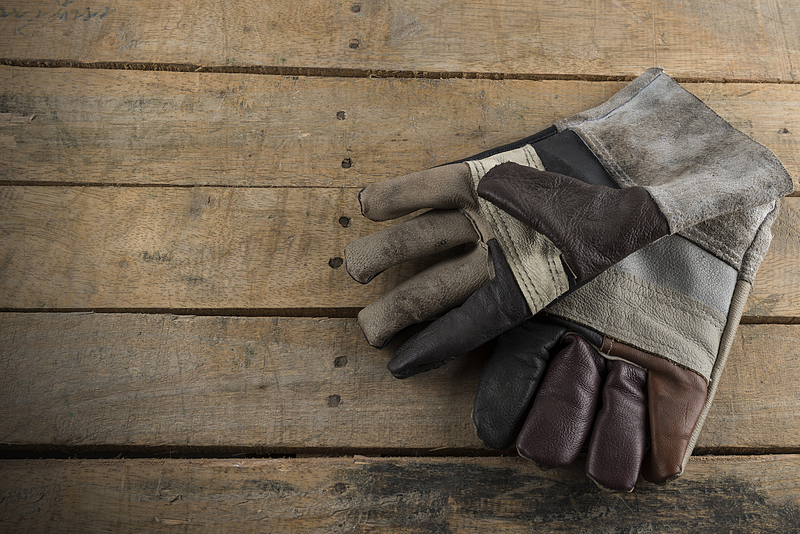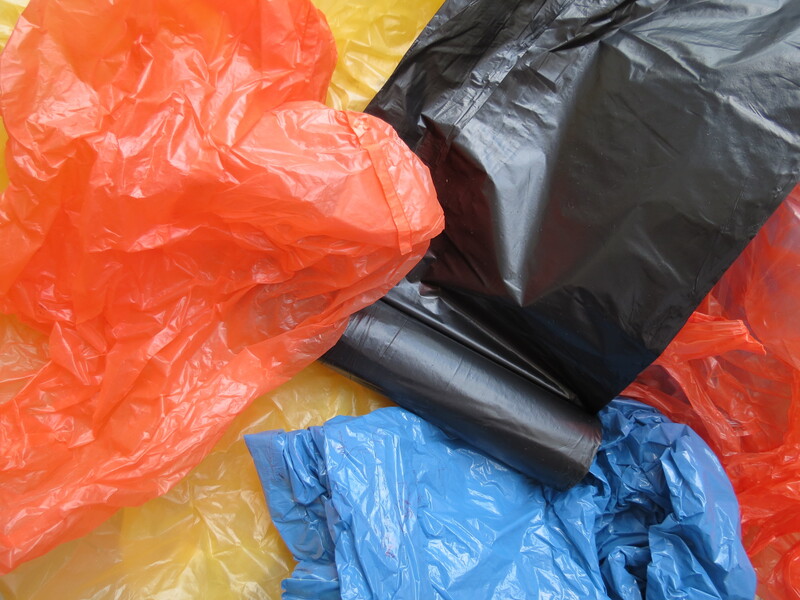The Complexities of Piano Moving: Why DIY Isn't the Best Choice
Posted on 08/06/2025
The Complexities of Piano Moving: Why DIY Isn't the Best Choice

Introduction
Moving can be a stressful experience, but adding a piano into the mix elevates the challenge to an entirely new level. Whether you have a classic upright or a grand piano, transporting such a bulky, delicate, and valuable instrument requires more than muscle -- it calls for expertise, precision, and the right equipment. DIY piano moving may seem like a cost-saving idea at first, but the risks and hidden costs often outweigh the benefits.
In this comprehensive article, we'll unravel the complexities of piano moving, outline the hidden dangers of the do-it-yourself approach, and explain why hiring professional piano movers is almost always the best choice for safeguarding your prized instrument.
Understanding the Complexities of Moving a Piano
The Anatomy of a Piano
To appreciate the difficulties of piano moving, it's vital to understand what makes a piano so uniquely challenging to transport. A typical piano isn't just heavy; it's awkwardly shaped, intricately designed, and exceedingly sensitive to movement and changes in environment.
- Size and Weight: Upright pianos often weigh between 300 and 500 pounds, while grand pianos can easily exceed 1,000 pounds.
- Delicate Inner Mechanisms: Each piano contains thousands of moving parts, including hammers, strings, and action assemblies.
- Irregular Shape: With protruding legs, pedals, and curves, pianos are challenging to grip and maneuver safely.
- Sensitive Finishes: Many pianos have delicate woods and finishes that are easily scratched or dented.
Common Types of Pianos and Their Moving Challenges
Not all pianos are created equal when it comes to moving complexity. Here's an overview:
- Upright Pianos: These are slightly easier to transport due to their vertical design, but they can still weigh up to 500 pounds.
- Grand Pianos: Ranging in size from baby grands to concert grands, these instruments are longer, heavier, and often require disassembly.
- Spinet and Console Pianos: While smaller, they are still heavy and fragile, with intricate internal components.
The Dangers and Costs of DIY Piano Moving
Injury Risks
Moving a piano without professional help poses a significant risk of personal injury. Improper lifting techniques, insufficient manpower, and the sheer weight can result in:
- Back injuries or muscle strains
- Crushed fingers or toes
- Cuts, bruises, and sprains
- Severe accidents, such as dropping the piano on stairs
DIY piano moving is a physically demanding and potentially dangerous endeavor, especially in tight spaces or multi-story homes.
Damage to Your Piano
Even minor mishandling can cause extensive and costly damage to your piano. Here are some common risks:
- Cracked Soundboard: One jolt can crack the soundboard, impacting sound quality and requiring expensive repairs.
- Broken Legs, Pedals, or Keys: These protruding parts are easy to snap off during a move.
- Internal Mechanism Damage: The action (the internal assembly that makes the piano "play") is sensitive to jostling and shock.
- Surface Scratches and Dents: The instrument's finish can be marred by improper padding or careless handling.
Property Damage
Pianos are notorious for causing collateral damage during DIY moves. Consider these common mishaps:
- Scratched floors and dented walls
- Broken stair railings or door frames
- Damaged loading ramps or moving trucks
If a piano is dropped (even a short distance), it can smash through floors or cause structural damage, leading to costly repairs beyond the instrument itself.
Financial Risks and Hidden Costs
While DIY piano moving may appear cheaper initially, many hidden expenses can arise:
- Piano damage repairs (often totaling hundreds or thousands of dollars)
- Medical bills from injuries
- Repair costs for damaged property
- Truck rental and necessary padding/strapping equipment
- Special insurance or liability coverage, which is often not included in standard policies
Why Professional Piano Movers Are the Better Choice
Specialized Knowledge and Training
Professional piano movers are specifically trained in transporting these complex instruments. Their expertise includes:
- Disassembling and reassembling components safely
- Understanding the unique balance and center of gravity of different piano types
- Securing and stabilizing the instrument inside moving vehicles
- Employing team coordination to avoid accidents
Tools and Equipment For Safe Piano Moving
Dedicated piano moving companies use specialized equipment designed for the safe transport of large, heavy, and fragile items. This includes:
- Piano dollies with heavy-duty wheels
- Custom straps and harnesses for secure handling
- Protective blankets and padding to prevent scratches and shocks
- Skid boards and ramps designed for piano shapes and weights
- Hoisting gear for difficult stairways or window lifts
Proper Planning and Execution
Professional piano movers meticulously plan each step, from measuring doorways and staircases to coordinating with building management for elevator use. They consider route obstacles, weather conditions, and logistics to ensure a smooth move.
Insurance and Peace of Mind
One of the greatest benefits of hiring professional piano movers is financial protection. Reputable companies offer insurance coverage for the instrument and property during transit. If something goes wrong (rare in the hands of pros), you won't be left with a giant repair bill.
Common Misconceptions About Piano Moving
"It's Just Like Moving Furniture"
Many people mistakenly believe that moving a piano is no different from moving a sofa or dining table. In reality, pianos are more analogous to works of art: heavy, yes, but also intricate, complex, and often irreplaceable.
"A Few Strong Friends Can Handle It"
While having additional muscle helps, strength alone cannot compensate for lack of technique, experience, and proper tools. Untrained volunteers are far more likely to inadvertently damage the piano or injure themselves.
"Professional Piano Movers Are Too Expensive"
When you consider the potential cost of repairs, medical expenses, and damage, the price charged by professional piano movers is often a bargain. Additionally, many companies offer competitive rates, especially for local moves or combination moves with other household items.
Piano Moving Process: What Professionals Do Differently
Pre-Move Assessment
Pro piano movers start with a thorough consultation, evaluating the type of piano, the specifics of both locations, and any special challenges such as narrow hallways or tight staircases.
Piano Preparation
They carefully prepare your instrument by:
- Removing legs, pedals, and music stands (if needed)
- Wrapping all parts in protective padding
- Labeling components for easy reassembly
Safe Handling and Transport
Using custom dollies, ramps, skid boards, and team coordination, professionals lift and carry the piano, securing it within the moving truck to minimize vibration and shock during transport.
Reassembly and Placement
Upon arrival, movers reassemble the piano, check for stability, and place it in your desired location. If the piano has been exposed to significant movement or climate changes, they often recommend tuning after the move.
Special Scenarios: When DIY Is Especially Dangerous
- Multi-Story Homes: Navigating stairs with a heavy and top-heavy instrument is a recipe for disaster without proper equipment and training.
- Apartments and Tight Corridors: Small spaces increase the risk of property and instrument damage.
- Grand Pianos: Their size and delicate assembly make DIY attempts particularly perilous.
Tips for Preparing Your Piano for Professional Movers
To help your piano moving service do their best job, you can:
- Clear pathways in your home, ensuring that movers have unobstructed access from start to finish.
- Communicate details about staircases, doorways, or any potential obstacles ahead of time.
- Protect floors — some movers bring their own padding, but you can use area rugs or mats for extra protection.
- Remove all loose items from the piano, such as sheet music, lamps, or decorative pieces.
Frequently Asked Questions About Piano Moving
Isn't tuning enough after a move?
While pianos generally need retuning after a move due to environmental changes and physical shocks, tuning can't fix mechanical or structural damage from improper handling. Avoiding damage in the first place is essential.
Can movers store my piano as well?
Yes, many professional piano movers offer climate-controlled storage to protect your instrument if your new home isn't ready or you need temporary storage.
Are there any pianos that are truly portable?
While some modern digital keyboards are easy to move, nearly all acoustic pianos (including small uprights and spinets) are heavy, delicate, and require proper moving practices.
Conclusion
In summary, the complexities of piano moving go far beyond what most people expect. Pianos are not just another piece of furniture; they are intricate, valuable instruments that demand specialized care throughout every stage of a move. The risks associated with DIY piano moving — personal injury, costly damage, and property destruction — make the do-it-yourself approach a false economy.
Hiring professional piano movers means investing in the safety, longevity, and continued enjoyment of your instrument. Their training, experience, insurance coverage, and specialized equipment ensure that your piano will arrive at its destination in perfect playing condition. When it comes to moving a piano safely and efficiently, expertise truly matters — don't trust your most cherished instrument to chance.

Get Expert Help for Your Next Piano Move
If you're planning a move and need trustworthy, experienced piano movers, do your research and select a company with outstanding reviews, comprehensive insurance, and a proven track record in handling all types of pianos. Enjoy peace of mind knowing your cherished instrument is in good hands.






